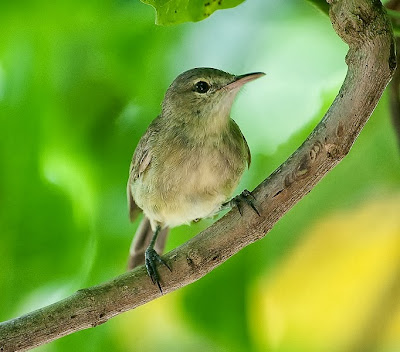Lanius collurio
 |
| (Photo from Internet Bird Collection) |
Common name:
red-backed shrike (en); picanço-de-dorso-ruivo (pt); pie-grièche écorcheur (fr); alcaudón dorsirrojo (es); neuntöter (de)
Taxonomy:
Order Passeriformes
Family Laniidae
Range:
This species breeds throughout most of Europe, with the exception of the British isles and Iceland, from the northern Iberian Peninsula to northern Sweden and Finland, and east to Russia, Kazakhstan and north-western Iran. They migrate south to winter in southern Africa, from Kenya and northern Angola down to South Africa.
Size:
These birds are 16-18 cm long and have a wingspan of 26 cm. They weigh 28-33 g.
Habitat:
The red-backed shrike breeds in a wide range of habitats, including dry scrublands, temperate grasslands, temperate and boreal forests, pastures, plantations, arable land, orchards and even within urban areas. They winter in dry savannas.
Diet:
They feed mostly on ground invertebrates and flying insects, but also small birds and mammals, lizards and frogs. Prey items are often impaled on thorns in order to build up a food supply for periods of bad weather.
Breeding:
Red-backed shrikes breed in April-July. They nest in a cup made of plant stems, roots and grass, and lined with moss and hair. The nest is placed in a thorny scrub or small tree, usually 1,5-3,5 m above the ground. There the female lays 3-6 whitish egg with light brown spots, which she incubates alone for 14-15 days. The chicks are fed by the female, while the male collects food for the family, fledging 14-16 days after hatching.
Conservation:
IUCN status - LC (Least Concern)
This species has a very large breeding range and the global population is estimated at 38-156 million individual. The population is estimated to be declining overall following a dramatic decline in the west and north-east of its breeding range from 1970 to 1990 at least. However, in Europe, trends since 1980 show that populations have undergone a moderate increase.


















